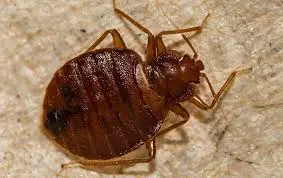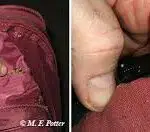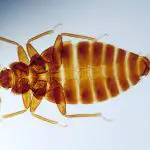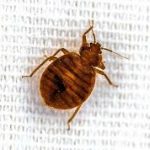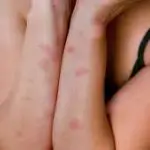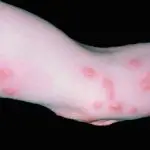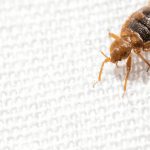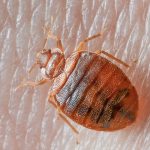How to Detect a Bed Bug Infestation
Bed bug infestations can be difficult to detect early, but there are certain precautions you should take. Infestations can go unnoticed for weeks or months. In the case of a small infestation, it will be relatively easy to treat, with minimal damage to your home or personal belongings.
A typical infestation starts with one or two hot spots and then spreads over time. The spread may be due to the natural migration of female bed bugs, the spread of personal belongings, or even a person carrying an infestation. Once the population reaches an infestation level, you may notice exuviae and cast skins left behind by the bugs.
If you notice a large number of bed bugs in your home, you should consult a pest control professional to find out whether you have a bed bug infestation. While most bugs will not bite you, it’s best to check your entire home with an exterminator to eliminate the pest.
A bed bug infestation can be light, moderate, or heavy. A light infestation usually involves only a few bugs. A moderate infestation may include one to two bed bug specimens. Detecting bed bugs will be easy if you have access to enough light. Bed bugs produce dark fecal waste, which becomes black paint stains in areas of high infestation. This fecal material also has a semi-sweet smell. If you find heavy fecal stains, you should dispose of these items and deep clean the area. You may also need to address the areas surrounding the bedbugs, such as walls and floors.
